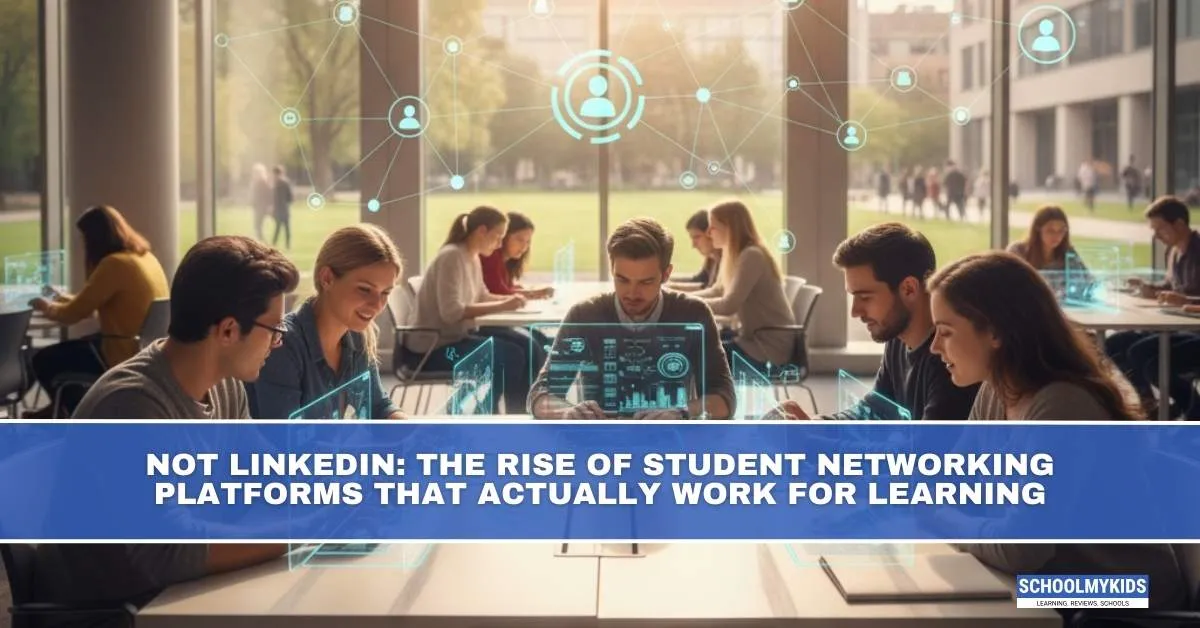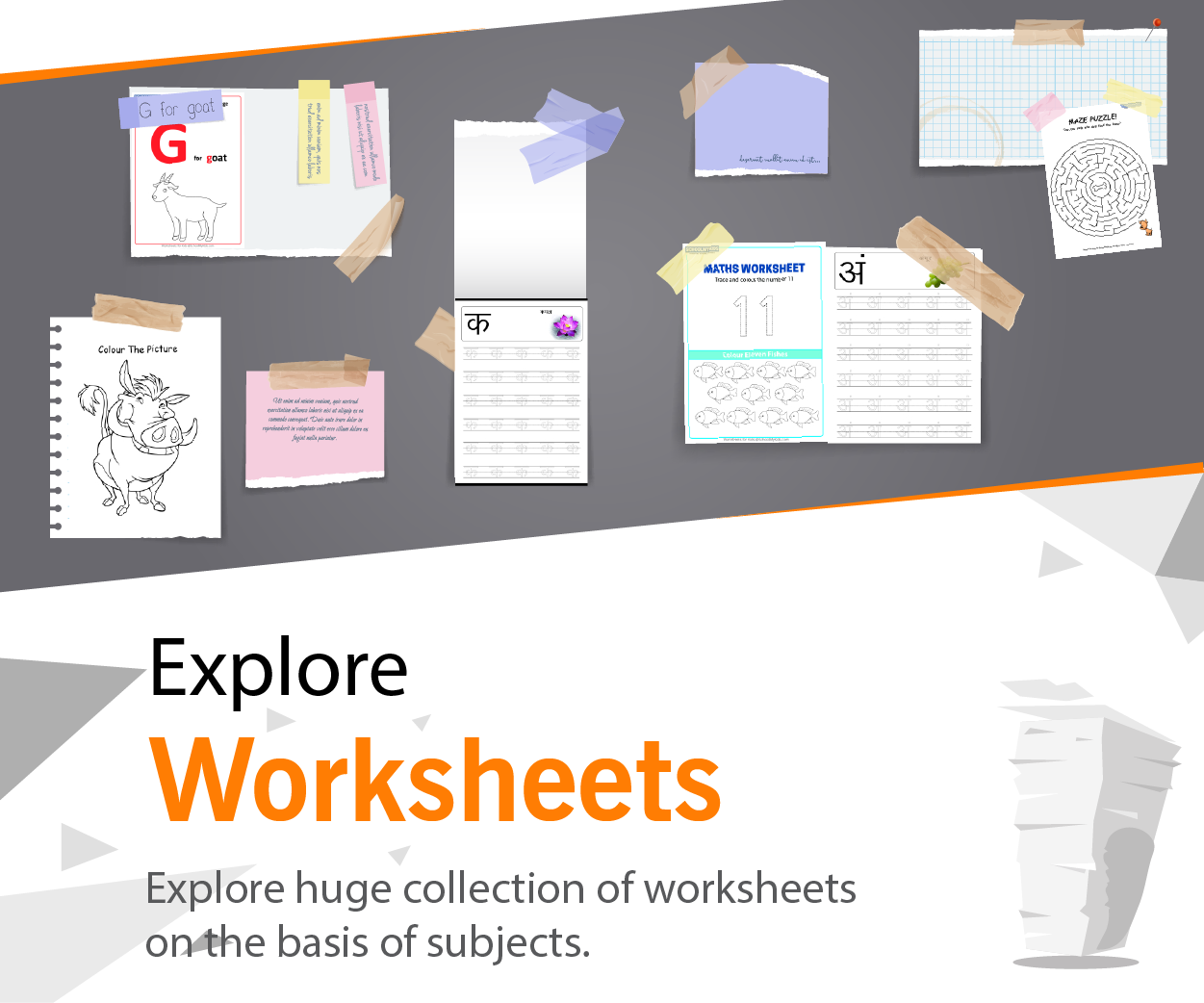For decades, LinkedIn has been the go-to platform for professionals to connect, share opportunities, and build careers. But students often find it overwhelming—full of corporate jargon, endless résumés, and a culture that feels miles away from the realities of being in school or college. In 2025, a new wave of student-first networking platforms is emerging, designed not for job hunting but for learning, collaboration, and skill development.
Why LinkedIn Isn’t Built for Students
Let’s face it: a 19-year-old undergraduate with one internship and a few college projects doesn’t need the same platform as a CEO or recruiter. LinkedIn, while powerful, is skewed toward job-seekers and established professionals. For students, this creates problems:
- Intimidation factor: Competing with polished professionals feels discouraging.
- Lack of focus: The platform emphasizes jobs and career branding, not peer-to-peer learning.
- Mismatch of needs: Students want mentorship, study groups, and project collaboration—not endless job postings.
This gap opened the door for dedicated student networking platforms that prioritize community and shared learning.
The Rise of Student-First Platforms
Across the globe, new platforms are rethinking networking for students. They focus less on professional polish and more on practical collaboration:
- Study-Oriented Networks: Platforms like StudyStream and GoConqr allow students to join live study rooms, share resources, and keep each other accountable. Instead of résumés, profiles highlight courses taken, projects, and study interests.
- Skill and Project Showcases: Sites like GitHub Education or student-focused sub-networks of Coursera allow learners to upload their projects, coding assignments, and portfolios. The focus isn’t job titles but proof of skill.
- Peer Mentorship Platforms: Platforms like Vygo connect students with peer or alumni mentors who guide them through both academic and personal challenges.
- Global Collaboration Hubs: Communities like Discord student servers or Reddit study groups have evolved into informal but powerful hubs of peer learning and idea exchange.
What Makes These Platforms Different
Unlike LinkedIn, these platforms:
- Emphasize collaboration over competition.
- Allow students to showcase learning journeys, not just achievements.
- Include built-in tools like whiteboards, flashcard generators, or coding sandboxes.
- Foster an environment where it’s okay to ask “beginner” questions.
For many students, this creates a sense of belonging, rather than pressure to “look professional” before they’re ready.
Real Value for Students
These networks offer benefits far beyond traditional social media:
- Accountability: Joining live study rooms or sharing progress updates keeps students on track.
- Exposure to Global Peers: Students can collaborate with peers in other countries, gaining fresh perspectives.
- Skill Building: By showcasing projects, students get feedback that helps refine their abilities.
- Confidence Growth: Participating in a student-first space builds confidence before transitioning to platforms like LinkedIn later.
Challenges Ahead
The rise of student platforms isn’t without hurdles:
- Monetization: Many are free now but may introduce paywalls.
- Distraction Risk: Without proper moderation, they risk becoming social hangouts instead of learning hubs.
- Recognition: Employers still rely heavily on LinkedIn, so these platforms complement rather than replace it.
The Bigger Picture
The growth of student-first networking platforms signals a shift in how we think about education and career preparation. Instead of forcing students into professional spaces too early, these platforms create a bridge—a safe, collaborative environment where students learn to network, build projects, and grow in confidence.
It’s not about rejecting LinkedIn; it’s about admitting that students need different tools for different stages of life.
Conclusion
The future of networking is not one-size-fits-all. While LinkedIn will remain dominant for professionals, the rise of student networking platforms shows that students need—and deserve—spaces built for their realities. In 2025, learning is social, global, and project-driven. These platforms aren’t just alternatives; they’re shaping the next generation of learners to think collaboratively, not competitively, as they prepare for the workforce.









Be the first one to comment on this story.